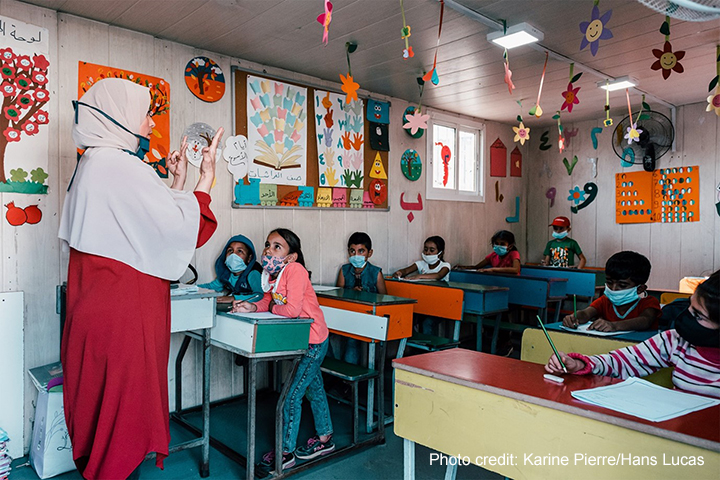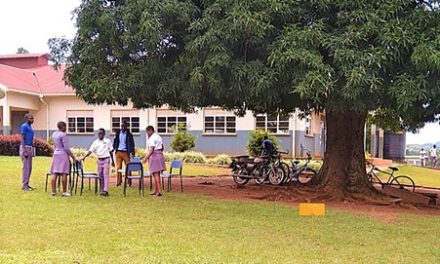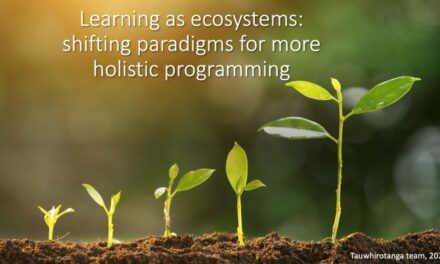This blog was written by Professor Maha Shuayb, British Academy Bilateral Chair in Education in Crisis, Centre for Lebanese Studies and Faculty of Education, University of Cambridge, and Director of Centre for Lebanese Studies. The blog was originally published on the New Humanitarian website on 24 April 2024.
‘For Syrian children in Lebanon, enrolment in the national education system has been a mixed bag.’
UN agencies and global education initiatives appear to be converging on a consensus: Enrolling refugees in national education systems in host countries is the best way to bring schooling to the world’s growing refugee populations.
The argument behind this policy seems sound at first: Most conflicts are protracted, so enrolling refugees in the educational system of the host country is more sustainable, is less time- and resource-consuming, and it promotes cohesion between refugee and host populations. But what looks good on paper doesn’t always work in practice.
At high-level summits such as the Global Refugee Forum in December 2023, Lebanon is often presented as a success story. Policies pushing host-country enrollment are promoted regardless of whether refugees are offered permanent settlement, or are temporarily settled.
I have closely researched how education policy has evolved in Lebanon over the past 15 years. I’ve found that there are crucial challenges that must first be considered before going down this path.
After the outbreak of the Syrian war, more than 1.5 million Syrian refugees fled to Lebanon – including 500,000 who are of school age. As the crisis became entrenched, UN agencies and Lebanon’s Ministry of Education and Higher Education, or MEHE, used the Lebanese national education system as the prime route for formal accredited schooling – funded by international donors.
The strategies aimed to enrol 50% of school-age refugees – and exclude the other 50% due to limited capacity to accommodate them, and funding constraints.
Enrolling 50% of school-age refugees meant the MEHE had to double its capacity from 200,000 children to 400,000, including students from both Lebanese and Syrian communities. This is a monumental challenge for any educational system, let alone one that was already struggling.
There are three key questions to ask as a starting point. How welcoming is the host country toward refugees? What level of residency status are they allowed? And, what is the condition of the national education system?
Some of the conditions imposed by MEHE must be highlighted: To accommodate the suddenly expanded numbers, afternoon school shifts for Syrians only were introduced, in addition to a few thousand students enrolled in the morning shift. It was not long before the second shift gained a poor reputation. Only Lebanese teachers were allowed to teach the refugees – prompting questions about the future of Syrian educators.
The Lebanese national curriculum stipulated that refugee children had to learn many subjects in a foreign language – English or French, rather than the Arabic that most Syrians speak as a first language – without receiving any language support. Even before the Syrian crisis, it was already widely recognised that the language policy of Lebanon was a disadvantage for many Lebanese children.
Finally, the cost of providing education for refugees is covered by the international donor community, which limits the sustainability of much-needed funding to the school system.
Ten years later, the results speak for themselves. Syrian refugee enrolment in Lebanese state schools is below 30%, with less than 4% progressing to secondary education.
The COVID-19 pandemic, and the economic crises and devaluation of teachers’ salaries, increased vulnerability for Syrian children. As Lebanon’s economy collapsed, educators teaching Lebanese children in the morning went on strike last year, which prompted the education ministry to close down the afternoon shift for Syrians. Since Lebanese children couldn’t learn, Syrians couldn’t either, the rationale went.
The strike was only resolved after international aid donors issued additional funding to MEHE to cover the cost of teacher salaries for Lebanese children. To this day, Lebanese authorities still use Syrian children’s rights to education as a bargaining chip in negotiations with the international donor community.
85% of the refugee population is hosted in low- and middle-income countries, where educational systems may already be strained: Enrolling children in a struggling system is extremely challenging.
Amid rising anti-refugee sentiments and calls for the repatriation of Syrian refugees, MEHE has put further restrictions on the enrolment of new Syrian children in the public education sector: Students must have valid residency – a condition that cannot be met by the majority of Syrian refugees in Lebanon, where more than 80% lack legal residency.
For Syrian children in Lebanon, enrolment in the national education system has been a mixed bag.
While the policy somewhat succeeded in enrolling over a third of the refugee population in some form of schooling, it resulted in poor educational outcomes for the vast majority of refugees, and an ongoing loss of education for several generations. As the teacher strike and the resulting donor negotiations showed, it also left refugee education hostage to internal politics.
But Lebanon still offers crucial lessons.
There are three key questions to ask as a starting point. How welcoming is the host country toward refugees? What level of residency status are they allowed? And, what is the condition of the national education system? Consider that 85% of the refugee population is hosted in low- and middle-income countries, where educational systems may already be strained: Enrolling children in a struggling system is extremely challenging.
Here are some important considerations that need to be prioritised when pursuing such a policy:
- Widen access
Can the host state enrol all refugees? If not, alternative routes to accessing schooling should be provided, such as community-run schools, privately subsidised education, and non-formal learning.
- Eliminate restrictions
Education access shouldn’t end at the primary level. It should reach through all phases of education including secondary and tertiary. Legal documentation, learning space segregation, shift duration, grade placements, and the hiring of qualified teachers must not be barriers.
- Smooth the transition:
Secure commitments from host governments to help children adapt to the national education system. This may mean curriculum adjustments, and accommodations for language of instruction and examinations.
- Be inclusive
Make education accessible for people with disabilities.
- Let refugees participate
Refugees must take part in policy decisions on education. This also includes ensuring refugee parents are represented in school councils.
- Ensure other fundamental rights
The right to education is important, but so are employment, social integration, political participation, and justice.
- Be realistic and transparent about the cost
Is there sustainable funding and support? Acknowledge that enrolling refugees in host country systems is contingent upon donor funding, despite its proclaimed sustainability. The amount of funding allocated for refugee needs should be clear to both the refugee community, the host community, and donors.
- Offer a choice
One size doesn’t fit all. Refugees should be able to select non-state educational institutions that best suit their needs and preferences.
- Create safe learning environments
Refugee children and parents should be treated equitably, fostering a culture of respect and fairness.
- Recognise and include refugee communities
Refugee teachers play an important role in providing education. And refugees should be able to learn their language, history, and culture – preserving their heritage and identity.
There’s no quick fix for meeting the education needs of refugees. Yet education as a right cannot be isolated from other rights. The experiences of Syrian refugees in Lebanon show the need to plan long-term solutions where education creates opportunities for both the refugee and host communities.





